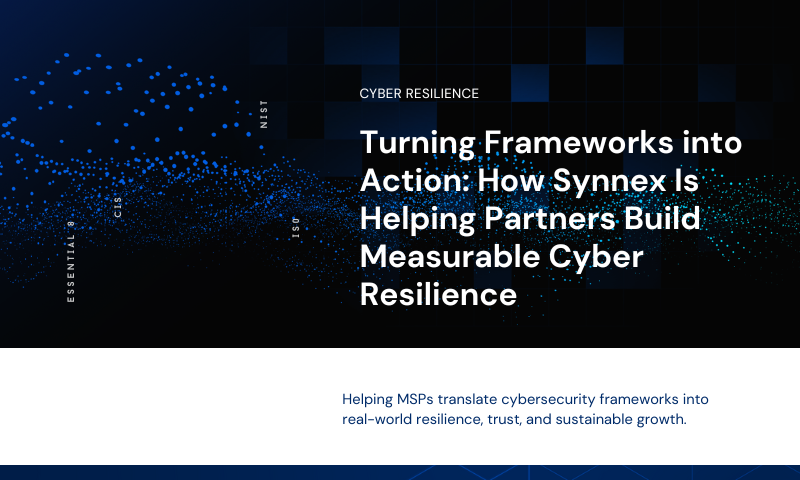As we step into winter, the days are getting colder and shorter.
The weather change can make it difficult to keep motivated and get your creative juices flowing.
If you’re nodding your head, then don’t you worry – you’re in good hands.
The missing piece of the creative puzzle
Studies have found, but I’m sure we’re all aware by now, that creativity is one of the top skills most workplaces are looking for in employees.
As businesses strive to differentiate in a competitive world, creativity could be the missing piece of your puzzle.
But what does that piece look like?
Developing creativity from within
Creativity is finding the place of curiosity within yourself.
The curiosity you had as a child – the sense of play and wonder.
The simple Merriam-Webster definition says it all:
Creativity is “the ability to make new things or think of new ideas.”
It’s actively seeking new experiences and investing in something that excites.
You can’t plan creativity, but you can allow room and space for it to grow.
So do you ever secretly worry that you lack the artistic flair to be creative?
Well, there’s good news!
Creativity comes in all sorts of forms.
[nk_awb awb_type=”image” awb_stretch=”true” awb_image=”3027″ awb_image_size=”full” awb_image_background_size=”cover” awb_image_background_position=”50% 50%” awb_parallax=”scroll” awb_parallax_speed=”0.5″ awb_styles=” padding-top: 165px; padding-bottom: 165px;”]
[/nk_awb]
“Allowing people the space to daydream and imagine without feeling constrained or fearing failure is the key to boosting creativity and fostering innovation in workplaces”, said leading global business consultant and advisor on practical workplace applications of neuroscience, emotional intelligence, and positive psychology Sue Langley.
Where does it all start?
In the world we live in today, there are more complex problems that require creative solutions.
It is said to believe that a fast-paced global economy requires people with the flexibility of mind to adapt to constant change.
So where does this way of thinking start?
Much of the blame for a lack of creativity, and therefore lack of innovation, can be traced back to experiences with traditional education systems.
Traditional methodologies of education alone can lack the stimulation of innovation and creativity.
Memorising definitions, reading through chapters and chapters of text, sitting a handwritten test then being graded and doing it all over again.
Where can one be creative here?
Educated out of creativity
[nk_awb awb_type=”image” awb_stretch=”true” awb_image=”3039″ awb_image_size=”full” awb_image_background_size=”cover” awb_image_background_position=”50% 50%” awb_parallax=”scroll” awb_parallax_speed=”0.5″ awb_styles=” padding-top: 150px; padding-bottom: 150px;”]
[/nk_awb]
Creativity expert Sir Ken Robison stated in this TED talk that “we are educating people out of their creative capacities…I believe this passionately, that we don’t grow into creativity, we grow out of it. Or rather, we get educated out of it”.
12 years on from this TED talk and what’s changed?
Without creativity there is no differentiation, we fail to see and exploit opportunities and our response to a crisis can be limited.
Since everyone learns in different ways, from the classroom to office, access to technology that adapts to a broad range of needs and learning styles is critical.
It is in the hands of education institutions and the support of service providers to offer opportunities for students to be creative early on – later translated into their adult lives.
The most rewarding impact of creativity is unlocking more meaningful results and technology can fuel this.
Keeping inspired in the workplace
Cultivating a culture that inspires creativity means companies can adapt to new technologies, cater to changing customer tastes and maintain a competitive edge.
Some common ways to instil a creative culture is to:
1. Build a diverse team
Building a homogeneous team can be detrimental, boring and breed an uninspired environment.
Involving individuals who have different backgrounds, strengths and skills open the team up to new perspectives that lead to unique and creative opportunities.
2. Rethink your approach to meetings
The reality is that most meetings are unproductive.
Rethink the necessity of the meeting and prepare an agenda and ways to ensure attendees remain engaged.
Ever considered a stand-up or walking meeting? You’d be surprised how effective these are!
Creativity is the art of hearing a song that has never been written or seeing a work of art on an empty canvas.
How are you equipping future generations to embrace their creative flair? And when do you feel most creative? Start the discussion by leaving a comment below!
We are very thrilled to be attending this year’s EduTECH conference and expo; ready to learn more about cultivating child-like creativity and future proofing next-gen leaders and thinkers.
Keep an eye out for our live tweets here!



Such an engaging and relatable blog! I agree that sometimes we are educated out of creativity, but also that it’s never too late to reprogram ourselves to explore our creative side.
Creativity could be that ‘one thing’ we are missing in our lives to help guide us towards our passion, and a passionate person with an idea is unstoppable, but we will never know unless we take a step towards our creative side.
“You can’t use up creativity. The more you use, the more you have” – Maya Angelou
I came from that time when studying meant memorising and repetitions. I remember my mother home teaching me Chinese – her method was making me memorise and repeat sentences which I was great at but when I had to read individual characters in those sentences, I didn’t know how. It was the same with piano – just practise the pieces over and over again.
Now I look at the methods they use to teach at my son’s school and music – he’s not a naturally creative person but yet he is far more creative by default than I could ever be.